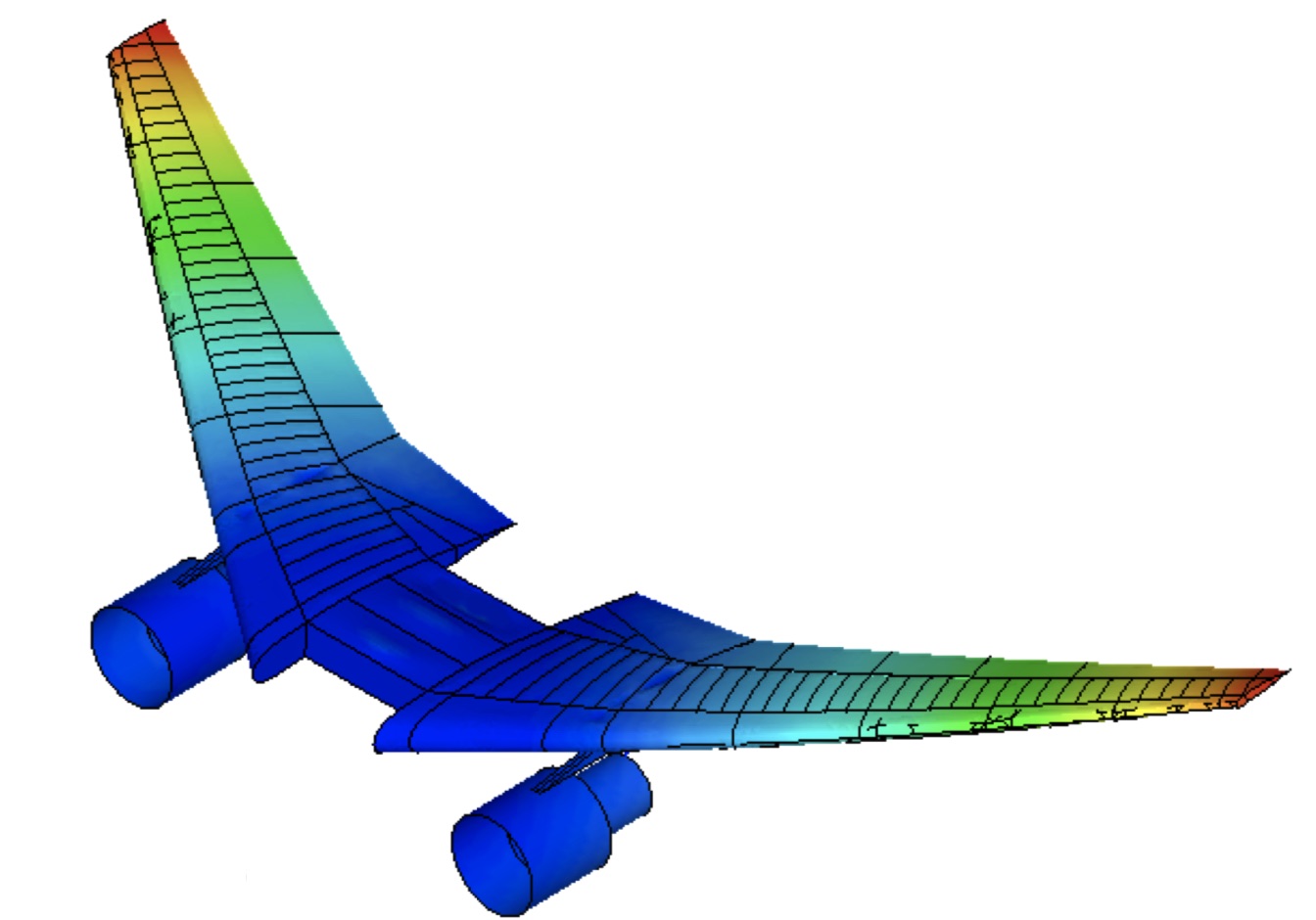At the end of the course, the student should be able to design and analyze aerospace engineering components subject to different types of loading. In particular, the objective is to introduce the student to i) the methods of stress, deformation and stability analysis in the design of aerospace engineering components, ii) failure theories, fatigue analysis and thermal stress analysis in the design process, iii) the use of computer tools to solve problems in mechanics. Independent learning, professionalism and applications to real engineering applications and problems will be stressed throughout.
Course Content: ![]()
![]()

- Instructor: Demirkan Coker
Course Content:
- Instructor: Dilek Funda Kurtuluş
Reference frames, coordinate systems and transformations.
Aircraft general equations of motion, small gain theory, longitudinal static stability and control, lateral static stability and control.
Stability derivatives.
Dynamic stability of uncontrolled motion.